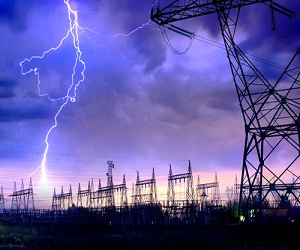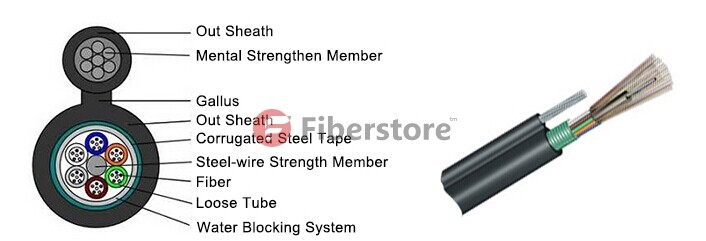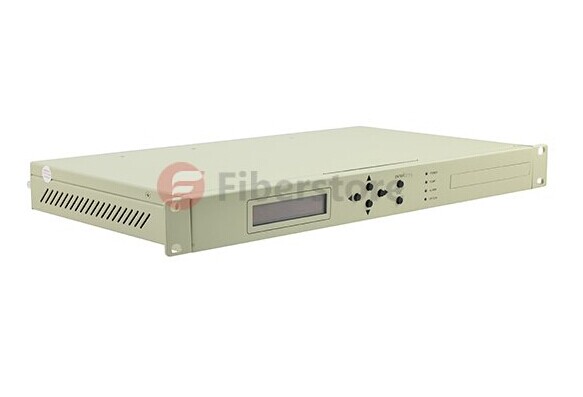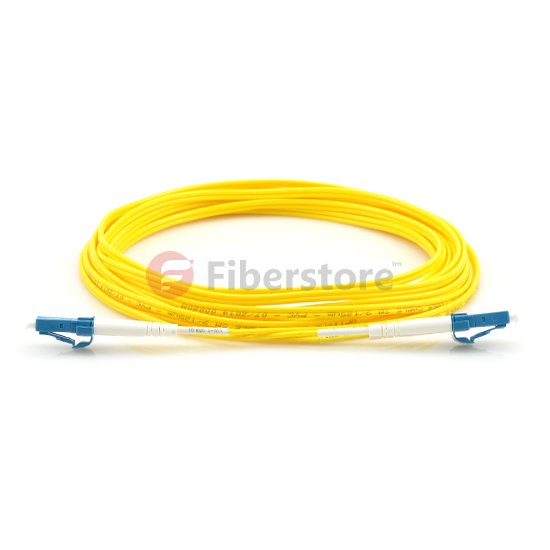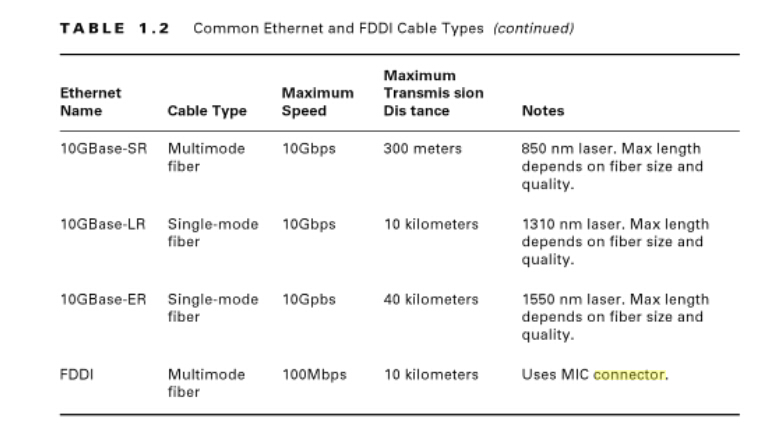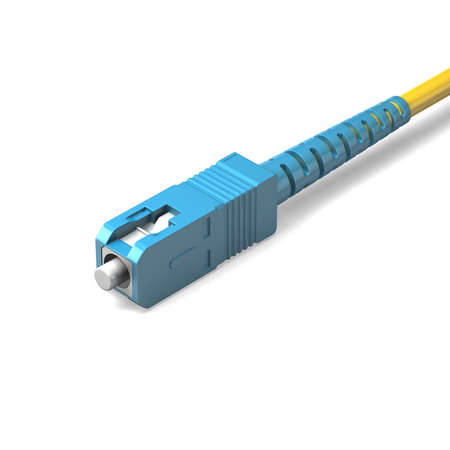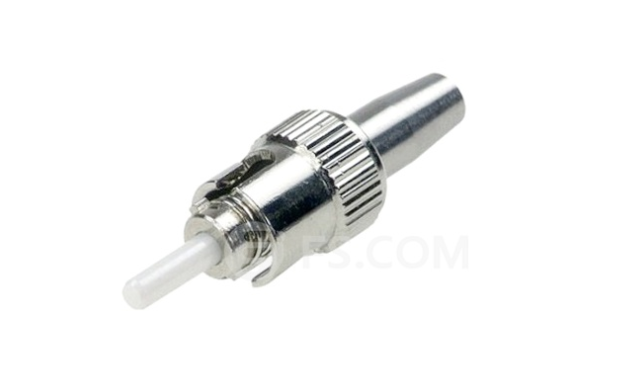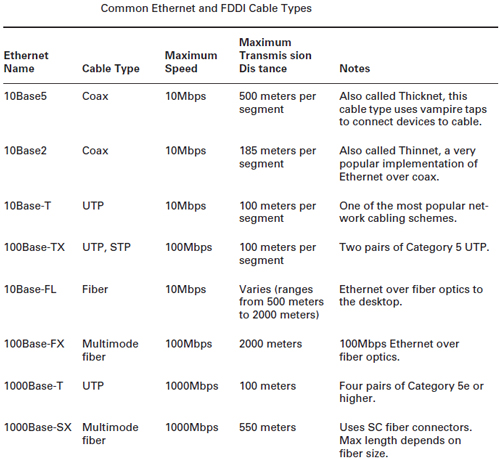There are many devices elementary but necessary for the Passive Optical Network (PON) applications that require the transmission, combining, or distribution of optical signals. These passive devices include the Optical Splitter/Coupler, Optical Switch, Optical Attenuator, Optical Isolator, Optical Amplifier, and WDM Filters (CWDM/DWDM Multiplexer) etc. Tips: The passive devices are components that do not require an external energy source.
When working with these passive devices it is important to have a basic understanding of common parameters. Some of the basic parameters that apply to each device are Optical Fiber Type, Connector Type, Center Wavelength, Bandwidth, Insertion Loss (IL), Excess Loss (EL), Polarization-Dependent Loss (PDL), Return Loss (RL), CrossTalk (XT), Uniformity, Power Handling, and Operating Temperature.
Connector Type and Optical Fiber Type
Many passive devices are available with receptacles or fiber optic pigtails. The pigtails may or may not be terminated with a fiber optic connector. If the device is available with a receptacle or connector, the type of receptacle or connector needs to be specified when ordered. You should also note the type of optical fiber used by the manufacturer of the device to ensure it is compatible with the optical fiber used for your application.
Center Wavelength and Bandwidth
Center Wavelength is the nominal operating wavelength of the passive device.
Bandwidth (or bandpass) is the range of wavelengths over which the manufacturer guarantees the performance of the device. Some manufacturers will list an operating wavelength range instead.
Types of Loss
- IL is the optical power loss caused by the insertion of a component into the fiber optic system. When working with passive devices, you need to be aware of the IL for the device and the IL for an interconnection. IL as stated by the manufacturer typically takes into account all other losses, including EL and PDL. IL is the most useful parameter when designing a system.
- EL may or may not be defined by the manufacturer. EL associated with fiber optic couplers, is the amount of light lost in the coupler in excess of the light lost from splitting the signal. In other words, when a coupler splits a signal, the sum of the power at the output ports does not equal the power at the input port; some optical energy is lost in the coupler. EL is the amount of optical energy lost in the coupler. This loss is typically measured at the specified center wavelength for the device.
- PDL is only a concern for Single-Mode passive devices. It is often the smallest value loss, and it varies as the polarization state of the propagating light wave changes. Manufacturers typically provide a range for PDL or define a not-to-exceed number.
- RL, short for Return Loss or Reflection Loss, is typically described as this: when a passive device is inserted, some of the optical energy from the source is going to be reflected back toward the source. RL is the negative quotient of the power received divided by the power transmitted.
Tips: IL, EL, PDL, RL are all measured in decibels(dB).
CrossTalk (XT)
XT in an optical device describes the amount of light energy that leaks from one optical conductor to another. XT is not a concern in a device where there is a single input and multiple outputs. However, it is a concern with a device that has multiple inputs and a single output, such as an optical switch. XT is also expressed in dB, where the value defines the difference between the optical power of one conductor and the amount of leakage into another conductor. In an optical switch with a minimum XT of 60 dB, there is a 60 dB difference between the optical power of one conductor and the amount of light that leaked from that conductor into another conductor.
Uniformity
Uniformity is a measure of how evenly optical power is distributed within the device, expressed in dB as well as XT. For example, if a device is splitting an optical signal evenly into four outputs, how much those outputs could vary from one another is defined by uniformity. Uniformity is typically defined over the operating wavelength range for the device.
Power Handing
Power Handling describes the maximum optical power at which the device can operate while meeting all the performance specifications defined by the manufacturer. Power handling may be defined in mW(milliwatt) or dB, where 0 dBm is equal to 1 mW.
Operating Temperature
Operating Temperature describes the range of temperatures that the device is designed to operate in. This can vary significantly between devices, because some devices are only intended for indoor applications while others may be used outdoors or in other harsh environments.
Article Source: http://www.fiberopticshare.com/the-basic-parameters-of-passive-optical-network-devices.html

